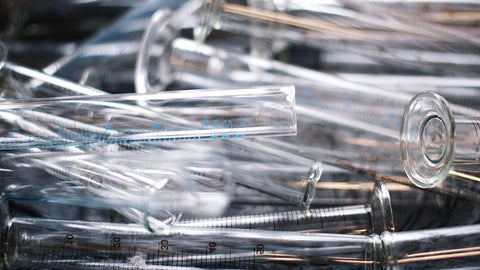Doctors have it easier than ever before. Once upon a time, doctors would have to cut into patients to learn what was going on inside the body. This involved high risk procedures that left patients with scars, infections, and even death. The 21st century has more technology than ever before – and this has allowed doctors to be more thorough with patients and make it safer for patients to get a diagnosis. Cardiac monitors and other tools have made a huge difference.
Cardiac Monitors
Many of the cardiac monitors of today are entirely wireless. This allows patients to be at home and still be hooked up to a cardiac monitor. Without having to stay overnight in a hospital, it is more affordable. Plus, doctors are able to learn about what is going on simply by downloading the results to a computer or handheld device.
Often, results can go to a doctor and even send an alert when something is wrong. The cardiac monitors ensure that patients are able to get round the clock care, even without being in a hospital room.
X-Ray Machines
X-ray machines show doctors what is going on with a patient in a non-invasive way. Doctors will be able to use an x-ray to see bone structure and other issues in order to make a diagnosis. Doctors across all areas of medicine are using them.
Additionally, these machines are becoming more portable. Doctors without Borders are even using them in the field to be able to treat more patients without bringing patients to a hospital. With the modern technology, medicine can go to the patient instead of the other way around.
Ultrasound Machines
Ultrasound machines have been around since the 1970s, though the technology has changed dramatically. What was once a black and white image that could be barely made out are now in color and even in 4D, allowing for movements to be seen in real time – ideal for obstetrics when monitoring fetal movement.
Doctors are able to use these images to see inside the body. The sound waves help to create an image because of the echo picked up by the transducer. This allows doctors to see internal organs and other structures of the body without any kind of surgery. With such technology, a diagnosis is made more effectively because of learning more about the condition of the patient prior to scheduling any surgery.
The cardiac monitors, x-ray machines, and ultrasound machines are just some of the medical tools that the doctors of the 21st century have access to. As technology improves, doctors are able to get away from written flip charts and switch to tablets, allowing them to access more records and go paperless. Prescriptions can be sent electronically and medical charts can be shared between departments with the touch of a button.
All of this new technology allows doctors to have more control over their patients and provides patients with a higher level of healthcare.

